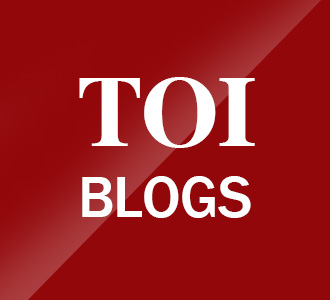
Globally, digital is neck-to-neck with traditional media in terms of share of advertising budgets. Indian advertisers have dabbled in digital for a while; it is now time to scale the medium up to its full potential.
In 2019, the global spend on digital advertisements was ~50% of the total adex, led by countries such as China (~65%), UK (~60%) and US (~50%), where digital is already the dominant ad medium. Digital as an advertising medium has inherent advantages over traditional media, such as psychographics-based targeting, ability to intervene basis the consumer journey in the marketing funnel, dynamic creative optimization, better attribution, near real time data availability, to name a few. In multiple cases, it also turns out to be more cost-effective than traditional media.
Closer home, the market is ripe for an explosion in digital as a medium for marketing to consumers. In 2019, ~400 million Indians owned a smartphone and 600 million+ had access to internet. The average connected Indian user currently spends 3+ hours on the internet, esp. across the Facebook (Facebook, Instagram, WhatsApp) and Google (mostly YouTube) ecosystem. Video viewing apps like YouTube and Tik Tok claim a user base of over 20 million.
And yet, India lags behind the rest of the world in terms of share of monies spent on digital advertising. While certain industries such as BFSI, e-commerce and telecom spend considerably (30%+ of total adex) on digital, there is enough headroom for other industries such as CPG, automotive and retail. Leading spenders in these industries have somewhat ramped up spends on digital; the rest continue to lag. There seem to be some key reasons behind the low adoption. It starts at the top – senior leaders in the organization have an inertia to move away from traditional media (esp. TV) which they understand well and have seen working well in the past. Further, they have limited clarity on what digital can offer, raising doubts around the medium’s ability to reach a given TG (Target Group), its impact on brand and sales metrics, as well as cost its cost effectiveness. Instances of ad-fraud and viewability issues do not help either.
Digital as a medium also needs a certain appetite for experimentation (to figure out what works and what does not). This is also a dampener – spends at times are cut short if they don’t deliver fast enough. Lastly, advertisers focused on traditional media are hesitant to invest in the infrastructure and technology required to leverage digital’s full potential.
So what should advertisers do to get over these humps and leverage digital as an effective marketing medium? Here is our take:
* Make digital an integral part of the marketing strategy, and not merely an add-on to the traditional media strategy. Consumers of today move seamlessly across media, and the share of digital air time is growing rapidly. Hence it is important to evaluate media using a zero-based approach and compare relative efficacies (e.g. using a common metric such as cost per reach). A more evolved approach involves using market mix modeling to allocate monies across media. Marketers could also adopt a scenario planning approach, incorporating a digital first or a digital maximization scenario in addition to the base case, and then take calls based on pros and cons of different scenarios.
* Build a strong internal team, and not rely on the media agency alone for strategy and planning insights. Every product / brand has its nuances w.r.t. what will work for digital media (also varying across different platforms such as search, video, social and so on), and an internal team will build the right inputs and experiments leveraging deeper understanding of the product / brand. Strength of internal team will vary depending on whether a media agency is onboard; however, even with one it is good to have experienced planners (to direct and work with agency planners) and key account managers dedicated to key platforms (to develop joint business plans and oversee execution). Further, building analytics horsepower can help pull together insights from various sources, in addition to digital. New-age technology companies and media agencies are great places to attract such talent across different capabilities.
* Invest in the right infrastructure to extract the maximum value from digital. Depending on digital budgets, advertisers could start out with in-housing tools and technology for data management, predictive analytics, measurement and reporting. Those in advanced stages of using digital can explore setting up a customized data management platform and using programmatic buying to make digital investments more effective and efficient.
Indian advertisers need to move fast and catch up with up with their global peers in leveraging digital. Or risk falling behind and losing consumer mind share.
About the authors: Himanshu Bajaj is Partner, Consumer and Retail, Kearney India; Karan Dhall and Deepak Maloo are Principal, Consumer and Retail, Kearney India
